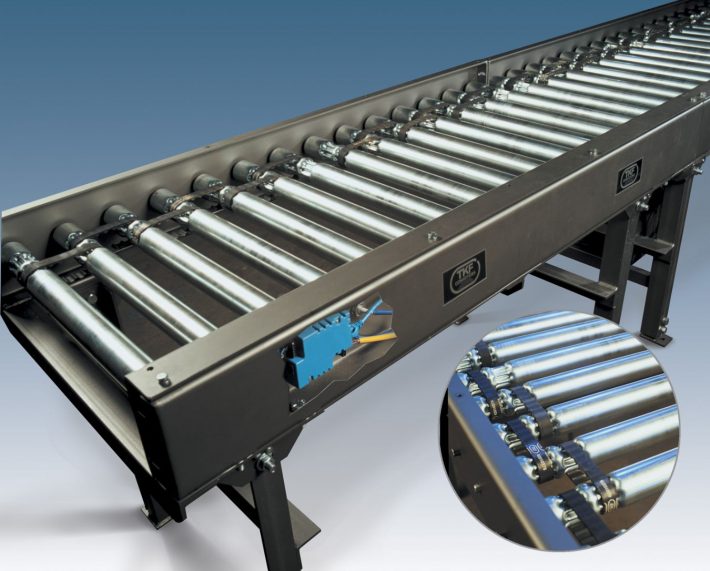The entire world is filled with conveyor belts. Taken along a system conveyor rollers, these amazing components of engineering often go unnoticed and they are underappreciated, but the entire world would have been a completely different place without them. They are utilised for everything from transporting heavy boxes around shipping warehouses to a essential element in food manufacturing processes.
Deep within the Western Sahara, surrounded by nothing else but dry desert, stands the earth’s largest conveyor belt system. It’s so big actually, that it could be viewed from space. This huge framework expands over 61 miles and is used to carry phosphate stone through the desert.
There are actually 1,000’s of websites with help and advice in relation to ‘Conveyor Rollers’ this really is amongst the best websites www.conveyorrollers.co.uk
The automated conveyor belt system starts its journey at the Bou Craa Phosphate Mine. Phosphate is used as a vital agricultural fertiliser and this Moroccan-managed territory has around 85% of the world’s current reserves. Phosphate is in high demand around the world and we consume around Forty million tonnes per year, so it’s clear why this type of large structure needed to be created. The belt type is ST 2500 and it is only 80cm wide but has a peak carrying capacity of 2000 tonnes of crude phosphate stone per hour. The many conveyor rollers that make up this system are very important to its sleek operation.
The Bou Craa phosphate mine was found in The late 1940s by the Spanish. The phosphate deposit situated in the area have been unusually close to the surface and were of really high purity, therefore it made it an excellent location to mine, despite the fact that mining didn’t completely begin until the 1960’s. Since the beginning of operations, the mine has continued to expand and already covers an astounding 1,225 hectares. The production in 2001 was 1.5 million metric tonnes of processed phosphate, an unusually big percentage of the planet’s supply from just one mine.
The belt, which has been working for longer than three decades, ends its 61 mile journey at the El Aain shoreline where its load is processed and shipped. The belt is not encased and as time passes, moving phosphate rock has been transported by the prevailing winds and miles of land south from the belt now appears completely white from outerspace.
The Bou Craa conveyor belt has such a vital role to play that if it ever failed, food costs around the world would significantly raise as stocks of phosphate fertiliser would become scarcer. Who would have thought a simple conveyor belt could be so fixed in to the worlds food supply? With only a tiny bit of exaggeration, you might say that the conveyor rollers and belt contained in this system are what enables millions of men and women around the globe to eat.
The Bou Craa conveyor is actually a feat of technology and exceptional. It is unlikely that we will see one more conveyor belt of similar proportions built in our lifetimes.


